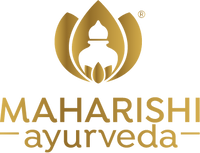
We are under Maintenance
Please send us a message by email –
📧 map@ayurveda.euOr contact by phone –
📞 0800-2229111
We are pleased to be at your disposal from
Monday to Friday between 10:00 AM and 12:00 PM
and from 2:00 PM to 4:00 PM.
If you wish to reach us outside these hours,
kindly leave a message on our answering machine.